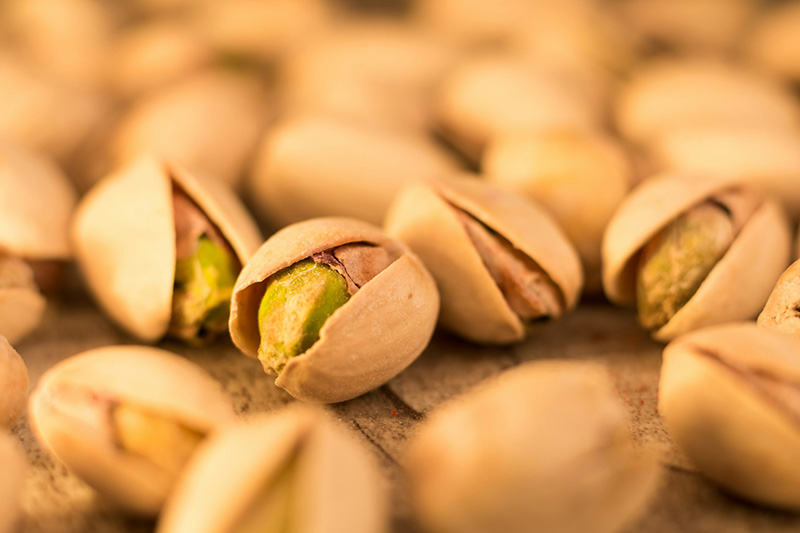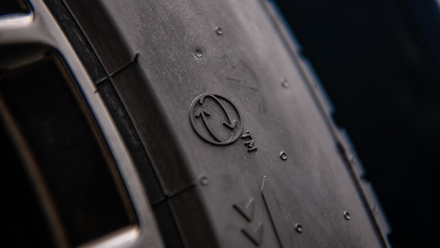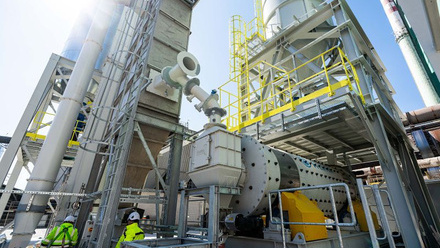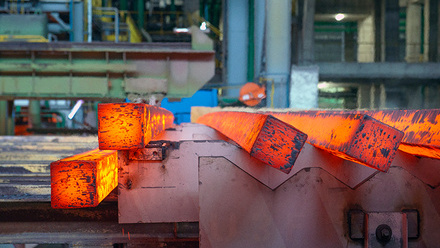Shelling out on low-carbon fuels
A combined milling and combustion performance model could improve the selection of five biomass types — pistachio shells, walnut shells, rice husks, palm kernel shells and wood pellets.

This model, from researchers at the University of Nottingham and CSIRO Australia, allows power generators to predict how well fuels will break down in mills, and how this then impacts how well they burn.
This knowledge helps optimise energy efficiency and reduce waste in power plants.
The team behind the study has developed a burnout prediction tool that uses char morphology. Image analysis is used to assess the shape and structure of the unburnt fuel after combustion, to anticipate burnout efficiency, offering power plants a quick method to assess the carbon loss of different fuels.
The milling metric allows power generators to rank potential fuels by their milling performance, and has been used in industry to identify new sources of low-carbon fuels.
By combining these tools, the research provides a holistic view of how particle size and composition impact both milling efficiency and combustion outcomes.
Dr Orla Williams, from the University of Nottingham’s Department of Mechanical, Materials and Manufacturing Engineering, notes, ‘it opens the door to using underutilised agricultural residues, such as pistachio and walnut shells, as viable low-carbon fuels…It’s a significant step forward in diversifying and decarbonising the UK’s bioenergy portfolio but can also be applied to any country which generates electricity on a large-scale using coal, enabling other coal-
dependent economies to decarbonise.’
Currently, biomass is the second largest contributor of renewable energy to the UK, this is dominated by wood pellets and wood chips, followed by recycled and waste wood, with other types of biomasses making up only around 1% of the total.
The work is published in the Journal of the Energy Institute.








